Associate Professor, Dr. Nguyen Hong Phuong presented a lecture at the event.
According to scientists , the destructive effects of earthquakes are mainly caused by very strong ground vibrations. Due to the violent shaking of the ground, low and high-rise buildings, towers and pillars may tilt, crack, shake or collapse, roads, railways and bridges may break, water pipes and other constructions may be displaced from their positions, dams and similar structures may be destroyed, causing floods and creating floating material flows. Earthquakes can also cause secondary hazards such as ground liquefaction and landslides.
Medium- and long-term earthquake forecast products are often presented in the form of spatial distribution maps of areas with different earthquake hazards. In Vietnam, the first earthquake zoning map of Vietnam was published in 1985. Up to now, 6 generations of earthquake hazard maps of Vietnam's territory have been published, reflecting the continuous progress in accuracy, scientific and technological quality, practical application scope and convenience for users.
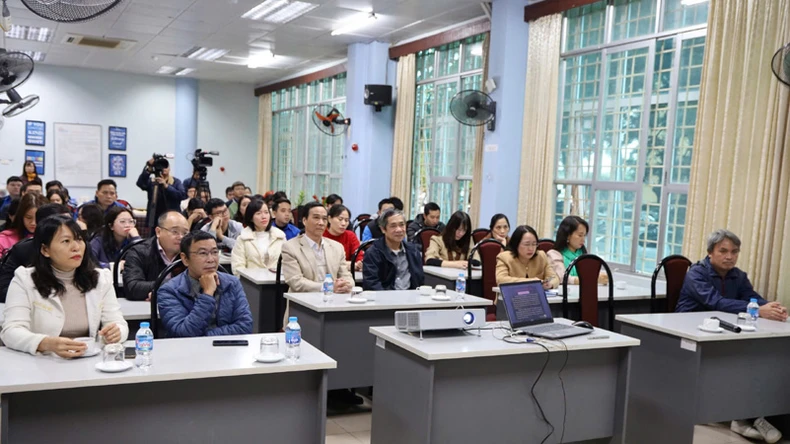 |
View of the public lecture.
To date, the set of earthquake hazard probability maps for Vietnam's territory and adjacent sea areas published in 2019 is the latest version. All maps are shown on a unified map frame. The map set includes three sets (types), each set includes maps showing the spatial distribution of one of the following three ground vibration parameters: peak ground acceleration (PGA), ground acceleration spectrum (SA) and surface vibration intensity (I) according to the MSK-64 scale. The recurrence period and probability of exceeding the ground vibration parameters in each map set vary depending on the requirements of practical application and compliance with construction standards. In addition, experts in the field of Geophysics have also developed more than 125 tsunami scenarios in the East Sea area.
According to Mr. Dinh Quoc Van, observing earthquakes in Vietnam, we can conclude that the causes of earthquakes include: Tectonic movements (Faults), volcanic eruptions, collapse of underground caves, human activities (Reservoirs, oil and gas drilling, mining, etc.).
Earthquake forecasting, in fact, is a long-range forecast, which aims to calculate the probability of an earthquake of a certain magnitude occurring within a certain period of time. Therefore, equipping oneself with knowledge about earthquakes and being prepared with coping skills is the key to human safety and minimizing damage when an earthquake occurs.
In Vietnam, in the past, there have been a number of propaganda activities and guidance on response skills for the community in the epicenter area after each major earthquake occurred. However, these activities were only small-scale and situational activities of specialized agencies.
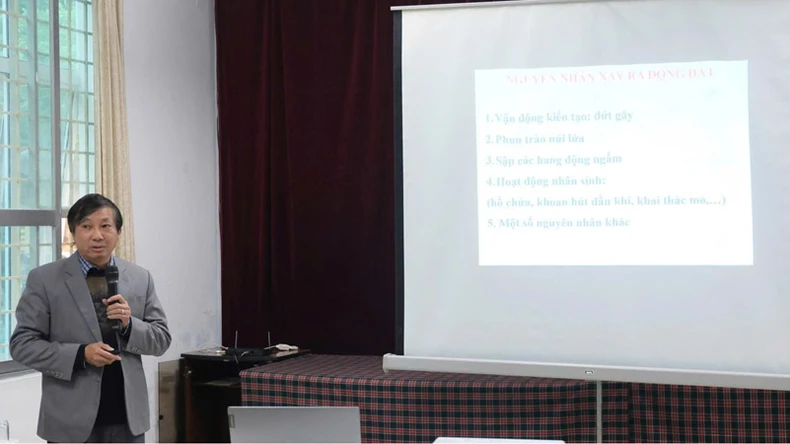 |
Mr. Dinh Quoc Van presented a lecture at the event.
Since 2021, after a series of earthquakes occurred in Moc Chau, Cao Bang ..., the Vietnam Academy of Science and Technology has promptly directed the Institute of Geophysics to carry out the task: "Research, develop, design documents and organize information activities, propaganda to disseminate knowledge and skills on earthquake prevention to the community".
According to Dr. Bui Thi Nhung, through the book "Basic knowledge for earthquake safety in Vietnam", experts from the Institute of Geophysics have coordinated with localities to organize seminars to disseminate knowledge about earthquakes and skills to prevent earthquake risks for the community. Most recently, in August 2024, the Institute of Geophysics sent a working group to the field in Kon Plong district, Kon Tum province, to coordinate propaganda and instruct people in the area of the epicenter of the M=5.0 earthquake on response skills when an earthquake occurs.
The working group surveyed, propagated, instructed and distributed leaflets to people about earthquake response skills in earthquake-affected areas such as the communes of Dak Tang, Dak Nen, Dak Ring, Mang But and Mang Cang. Through propaganda activities, experts helped people gain practical skills to avoid panic and promptly apply safety measures for themselves and their families when an earthquake occurs.
According to Associate Professor, Dr. Nguyen Hong Phuong, to increase the effectiveness of earthquake research and forecasting, scientists need to be given more tools and technology, and the dissemination of knowledge about earthquakes and tsunamis to the public must be given more attention.
Ms. Nguyen Thi Van Nga - Director of the Information and Documentation Center assessed that, through organizing the public lecture "Earthquakes, tsunamis: Risks and responses, experiences for Vietnam", the public in general and the media in particular were provided with accurate and important scientific information about the phenomenon of earthquakes and tsunamis and made practical contributions to propaganda, response and prevention work to minimize damage caused by earthquakes and tsunamis in Vietnam.
Source: https://nhandan.vn/du-bao-nguy-co-dong-dat-song-than-va-kich-ban-cho-viet-nam-post849505.html




![[Photo] Cat Ba - Green island paradise](/_next/image?url=https%3A%2F%2Fvphoto.vietnam.vn%2Fthumb%2F1200x675%2Fvietnam%2Fresource%2FIMAGE%2F2025%2F12%2F04%2F1764821844074_ndo_br_1-dcbthienduongxanh638-jpg.webp&w=3840&q=75)



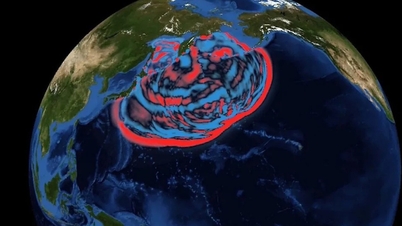

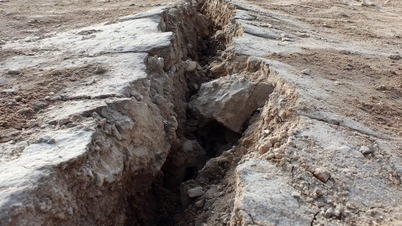


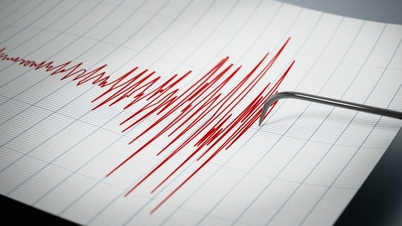



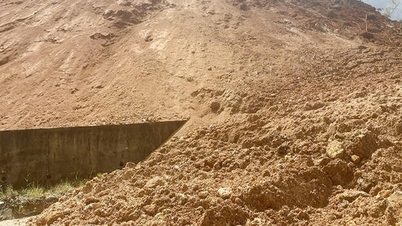

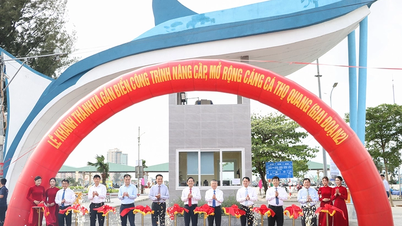




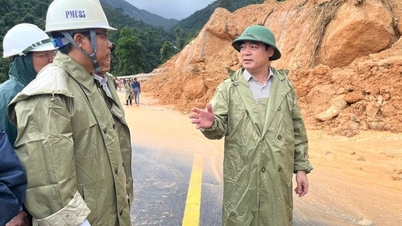














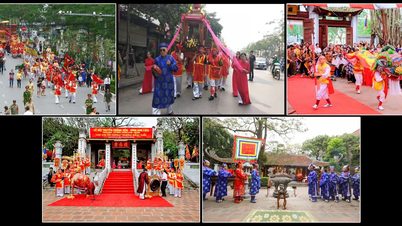

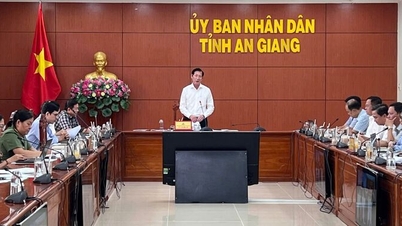

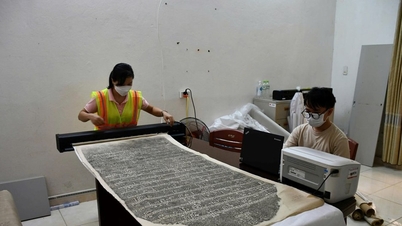

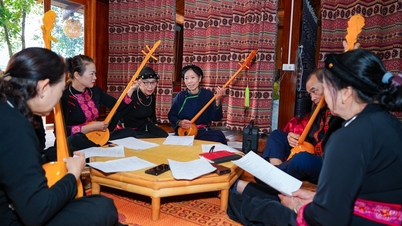



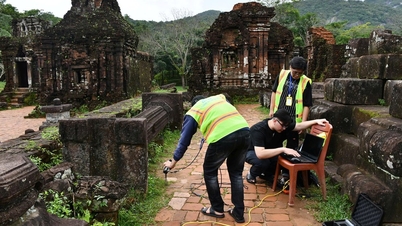


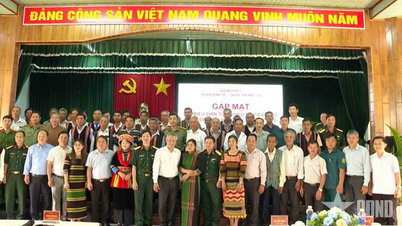



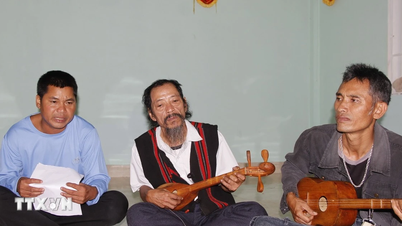

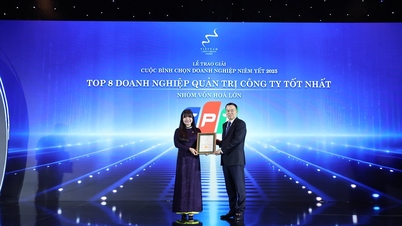



![[VIMC 40 days of lightning speed] Da Nang Port: Unity - Lightning speed - Breakthrough to the finish line](https://vphoto.vietnam.vn/thumb/402x226/vietnam/resource/IMAGE/2025/12/04/1764833540882_cdn_4-12-25.jpeg)
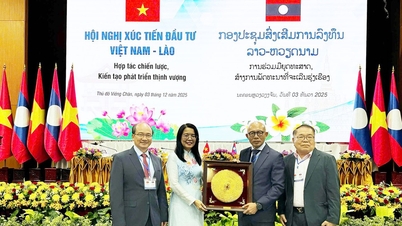
















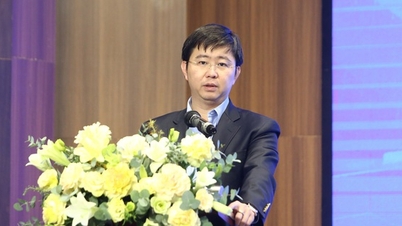








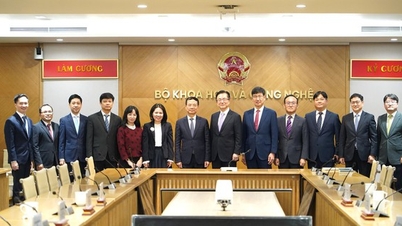
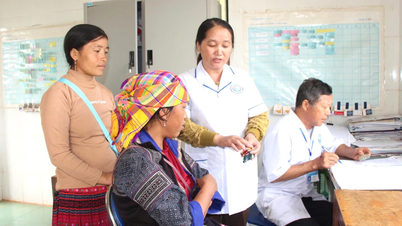

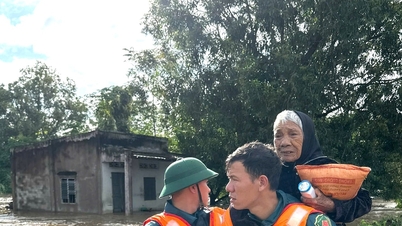

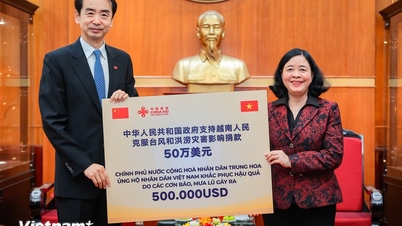














Comment (0)